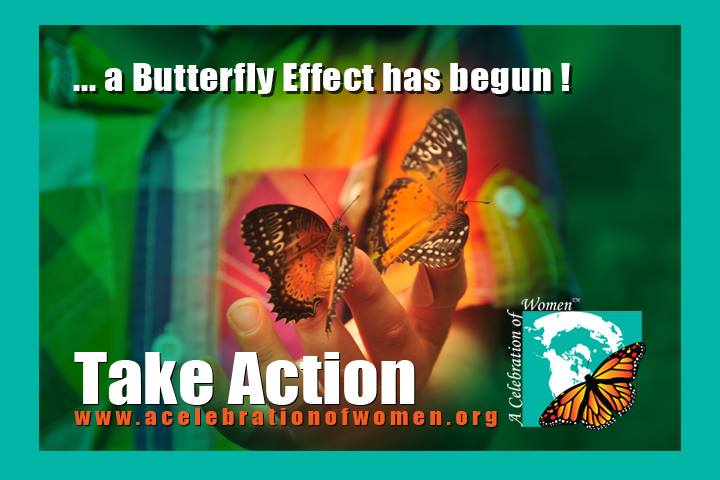Just like the rest of your infant or toddler’s body, her ears are sensitive to sounds and environmental noise in a way that yours may not be. Loud sounds that you’re able to process without much trouble can be difficult for a small child to deal with, and can even be potentially damaging to their ears due to her smaller ear canal. Protecting your child’s ears during loud events and in noisy spaces is not only helping to keep her more comfortable, it’s also helping to prevent possible hearing damage as a result of exposure to loud sounds. In fact, hearing loss from repeated exposure to loud noises is cumulative, and is also irreversible. The National Institute for Occupational Safety and Health states that more than 15 minutes of exposure to sounds over 100 decibels is unsafe; the sound at a stadium-style sporting event can reach up to 130 decibels, and can be up to 20 decibels louder to an infant’s small, sensitive ears. You can’t repair damage done to your little one’s hearing, but you can help to prevent it.
Skip the Earplugs
Adults who are aware of the damage that exposure to loud noises can do to their ears may reach for a pair of earplugs before venturing out to a sports event, parade or fireworks show, but they’re not ideal for young children. In addition to being too large for little ear canals and posing a choking risk, they’re also difficult to position. In fact, many adults don’t even insert them correctly into their own ears. So while it’s wise to be conscious of your little one’s hearing, earplugs aren’t the answer. Be aware that there are some earplugs marketed as a solution for protecting the hearing of small children, but they’re usually just not worth the risk. This also holds true for the gel ear plugs that can be molded to fit the shape of an ear canal. Should a child manage to dislodge the gel and put it into their mouths, it can present a choking hazard and may not be a substance you’d like for her to ingest.Choose Headgear Carefully
There are earmuffs on the market designed specifically to protect kids’ hearing, but not all models are ideal for very young children. They’re made of lightweight ear cups filled with foam, but may be too large for babies’ heads if they’re not designed for infants specifically. There are also heavier models on the market that look similar to those used by adults in shooting ranges, but they can exert too much pressure on a small skull and aren’t recommended for kids under the age of three. Look for age-appropriate headgear, and make sure that it’s adjustable so that it will fit your baby’s head snugly enough to block out loud sounds, but not so tight that it’s painful or potentially unsafe.Consider a Sitter
If you’re not able to find headgear that will adequately protect your child from loud noises, it may be best to consider the benefits of opting for a sitter when you’re planning an outing to a particularly loud event, or at least moving farther back from the loudest point. At concerts and festivals, front and center may not be the most appropriate place for an infant. Hanging back on the grass at a distance from the stage may be a better solution, but it’s just not always practical to keep your child a manageable distance from the source of extremely loud sounds. In some cases, you may find it easier and more practical to spring for childcare and enjoy a child-free night on the town.Thanks to Barbara Williams
PROTECT YOUNG CHILDREN’S HEARING
August 5, 2013 by







